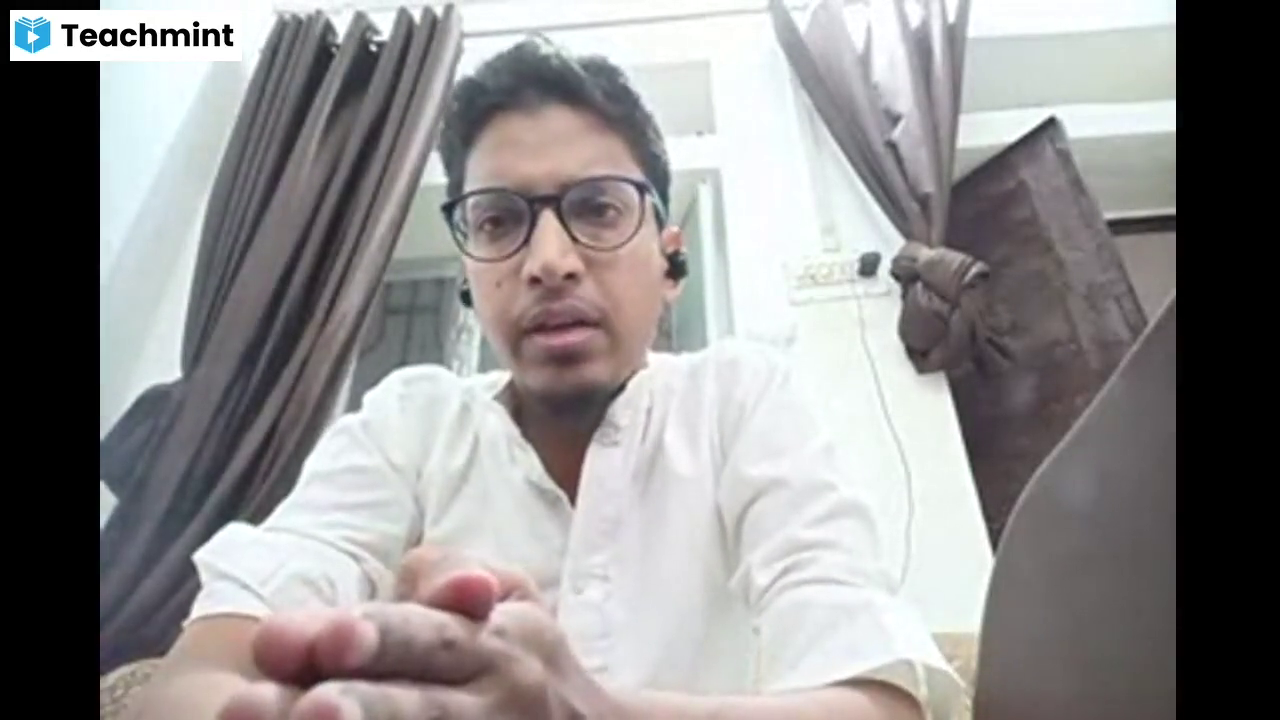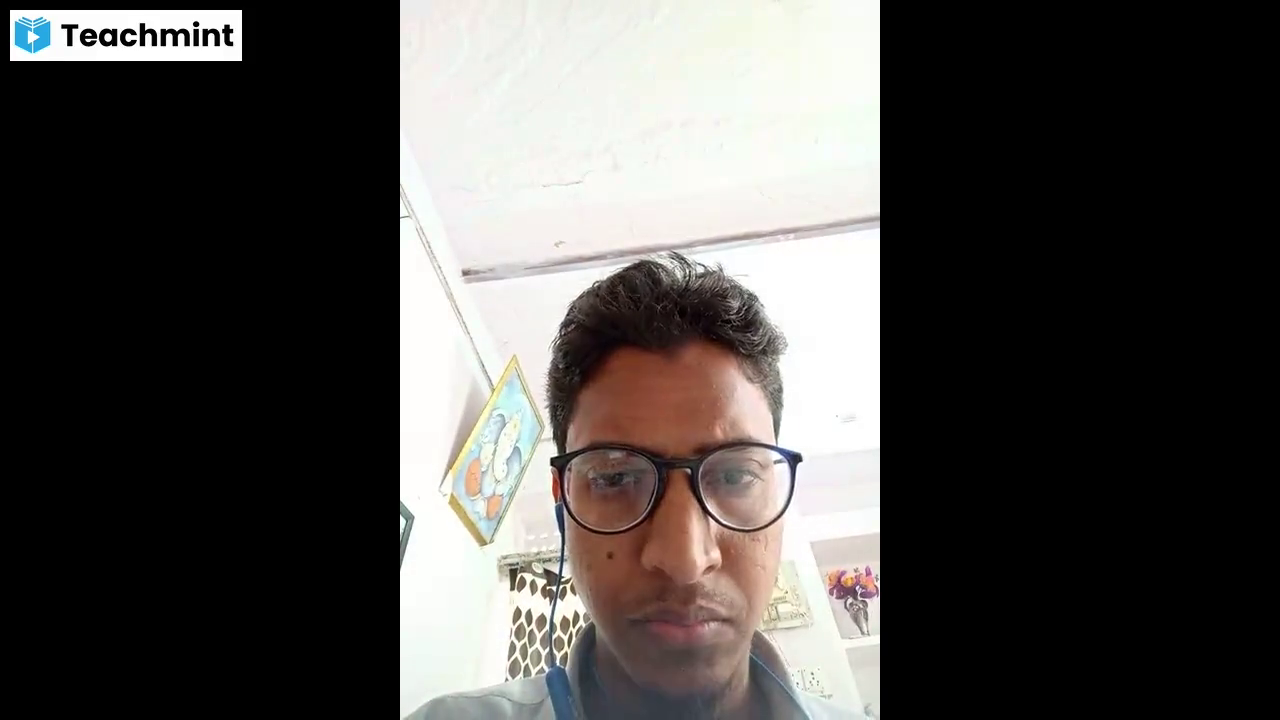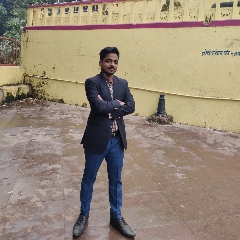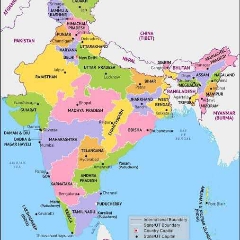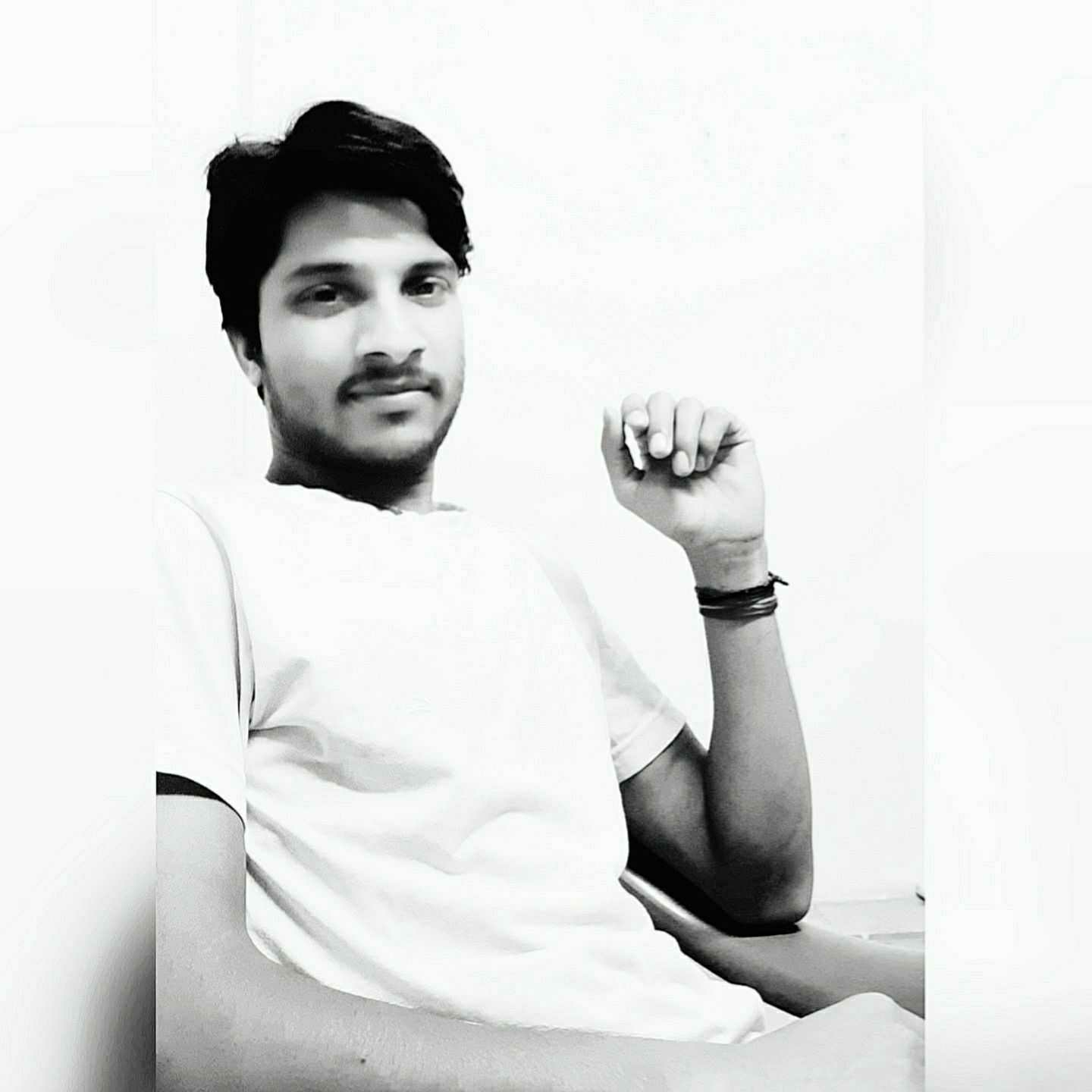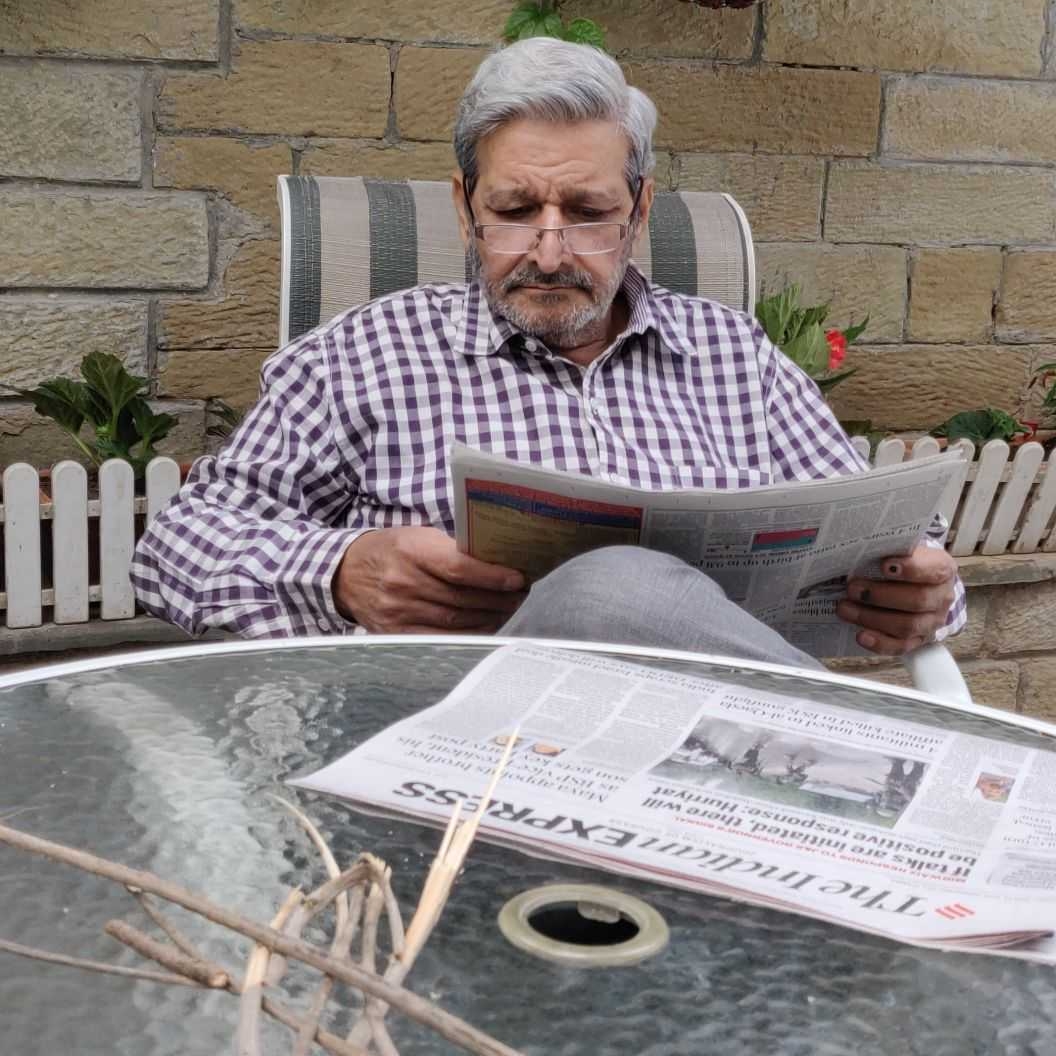Question 1 :
Which of the below is one of the laws of refraction?<br>
Question 2 :
If a $3cm$ tall object placed perpendicular to principal axis of a convex lens of focal length $15cm$ produces a real invented image of height $15cm$, then its object distance $(u)$ is ................ and image distance $(v)$ is ................
Question 3 :
If the power of a lens is $0.1\;D$, its focal length is
Question 4 :
If the refractive index of medium $b$ with respect to medium $a$ and that of medium $c$ with respect to medium b are given, then the refractive index of a medium $c$ with respect to a medium $a$ can be found by using the relation<br/>$n_{ca}\, =\, n_{ba}\, \times\, ........$<br/><br/>
Question 7 :
The radius curvature for a convex lens is $40\ cm$, for each surface. Its refractive index is $1.5$. The local length will be
Question 8 :
When a ray of light passes through a rectangular slab, made up of some transparent material other than glass, the emergent ray is
Question 9 :
A ray of light incident at a point on the principal axis of a convex lens passes undeviated through the lens. What special name is given to this point on the principal axis?<br>
Question 11 :
A diverging meniscus lens has a focal length of -20 cm. If the lens is held 10 cm from the object, the magnification is :
Question 13 :
Light of wavelength$\displaystyle 6600\overset { \circ }{ A }$ travelling in air gets refracted in water. If the speed of light in air is$\displaystyle 3\times { 10 }^{ 8 }{ m }/{ s }$ and R.I of water is 4/3. Find frequency of light in air.
Question 14 :
A beam is composed of red and green rays. It is incident obliquely at a point on the face of a rectangular glass slab. When coming out on the opposite parallel face, the red and green rays emerge from :
Question 15 :
Two thin lenses of focal length $f_1$ and $f_2$ are in contact and coaxial. The power of the combination is __________.
Question 16 :
In the table below, column I lists various mirrors  and lenses and column II their uses, qualities or properties.<br/><table class="wysiwyg-table"><tbody><tr><td>column  I</td><td>Column II</td></tr><tr><td>I. Plane mirror</td><td>A. Feels thinner in the middle.</td></tr><tr><td>II. Concave mirror</td><td>B. Always forms virtual image.</td></tr><tr><td>III. Convex mirror</td><td>C. Always forms virtual image of smaller size.</td></tr><tr><td>IV. Concave lens </td><td>D. Is used by dentists to examine teeth.</td></tr><tr><td>V. Convex lens</td><td>E. Can be used as reading glass.<br/></td></tr></tbody></table>The correct matching is:
Question 17 :
In vacuum, to travel distance 'd', light takes time 't' and in medium to travel distance $'5d'$, it takes time 'T'. The critical angle of the medium is.<br>
Question 18 :
The image obtained while finding the focal length of convex lens is...................


